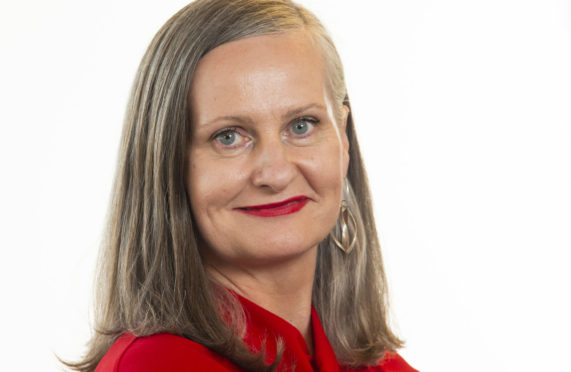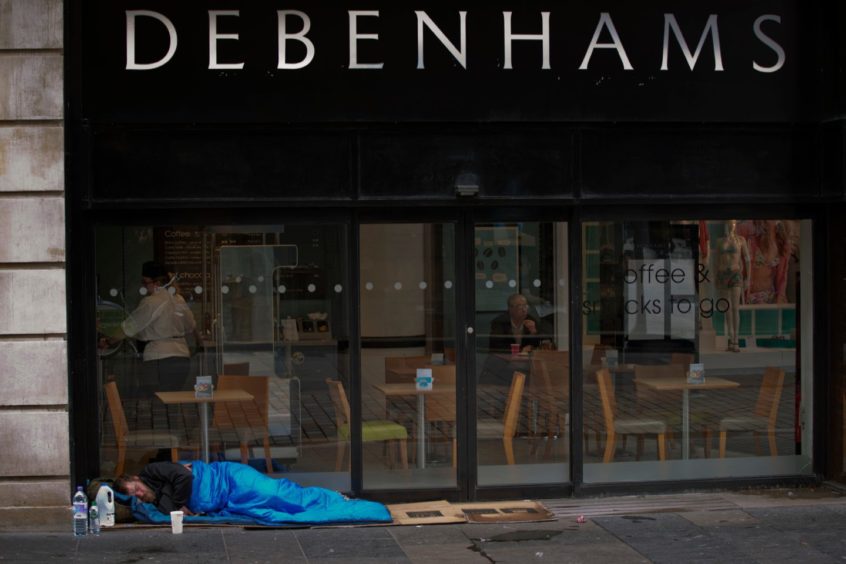
When I was appointed to the role of director at Shelter Scotland in June last year the country was paralysed by an unprecedented and all-conquering pandemic.
But despite the challenges we faced due to the various lockdowns and resultant economic crash it is important to note the pandemic did not create a housing emergency in Scotland.
That’s because the country was already in the grip of one.
Before March 2020, we were already dealing with increasing levels of homelessness, people still being put into appalling and unsafe temporary accommodation and tens of thousands of people waiting for years on housing waiting lists for a home that they desperately need.
We have nearly 8,000 children trapped in temporary accommodation and research recently carried out by YouGov shows that 1.5 million people in Scotland are impacted by the housing emergency.
That’s 1.5 million people struggling with the cost of keeping a home; living in damp, dangerous conditions; overcrowded or in fear of losing their home to unscrupulous landlords. These are symptoms of a crisis tolerated for too long.
This was – and still is – unchartered territory for everyone as we’ve not seen a health crisis of this magnitude for generations. But the Shelter Scotland team, still mostly based at home, have adapted extremely well and continue to fight for home, providing the support and advice people need and advocating for the changes we urgently need to see.
We pushed hard for more protection for people who were struggling to keep or find a home as we started to see the immense impact of the pandemic. Jobs were lost, incomes reduced and people struggled to pay their rent. Many more people ended up in temporary accommodation, some of it not fit for purpose – especially during a health pandemic.
The Scottish Government stepped in, as it should have done years ago, to get people off our streets, ensure hostels and shared accommodation where people couldn’t safely isolate were not used any more, and introduce measures to protect tenants from eviction. But it needs to do more.
As we have seen the pandemic continues to affect every aspect of our lives, we need to continue to fight for people to have a safe home, to be protected and to ensure that as we hopefully emerge out of the pandemic, people are supported to stay in their homes.
Our communities cannot continue to tolerate a broken and biased housing system – we must take urgent action to reform and rebuild a Scotland where everyone has a safe home.
It is not an exaggeration to say that housing is a matter of life and death.
As the new Scottish Parliament begins its work to make Scotland a fairer country, it is vital that we set a new ambition to tackle housing inequality. Our action plan calls for a Covid-19 exit plan for housing equality; a pledge to place social justice at heart of social house building; and stronger, better housing rights for all.
We all have a role to play and we need Scotland’s elected representatives to be the vanguard of that change.
Leading the team at Shelter Scotland has been the privilege of my life and I am proud of the work that we have done over the past 12 months. We’ve achieved a great deal, but there is still so much more to do to create a fair housing system that leaves no one behind.
Alison Watson is the director of Shelter Scotland

Enjoy the convenience of having The Sunday Post delivered as a digital ePaper straight to your smartphone, tablet or computer.
Subscribe for only £5.49 a month and enjoy all the benefits of the printed paper as a digital replica.
Subscribe © Emilio Morenatti/AP/Shutterstock
© Emilio Morenatti/AP/Shutterstock